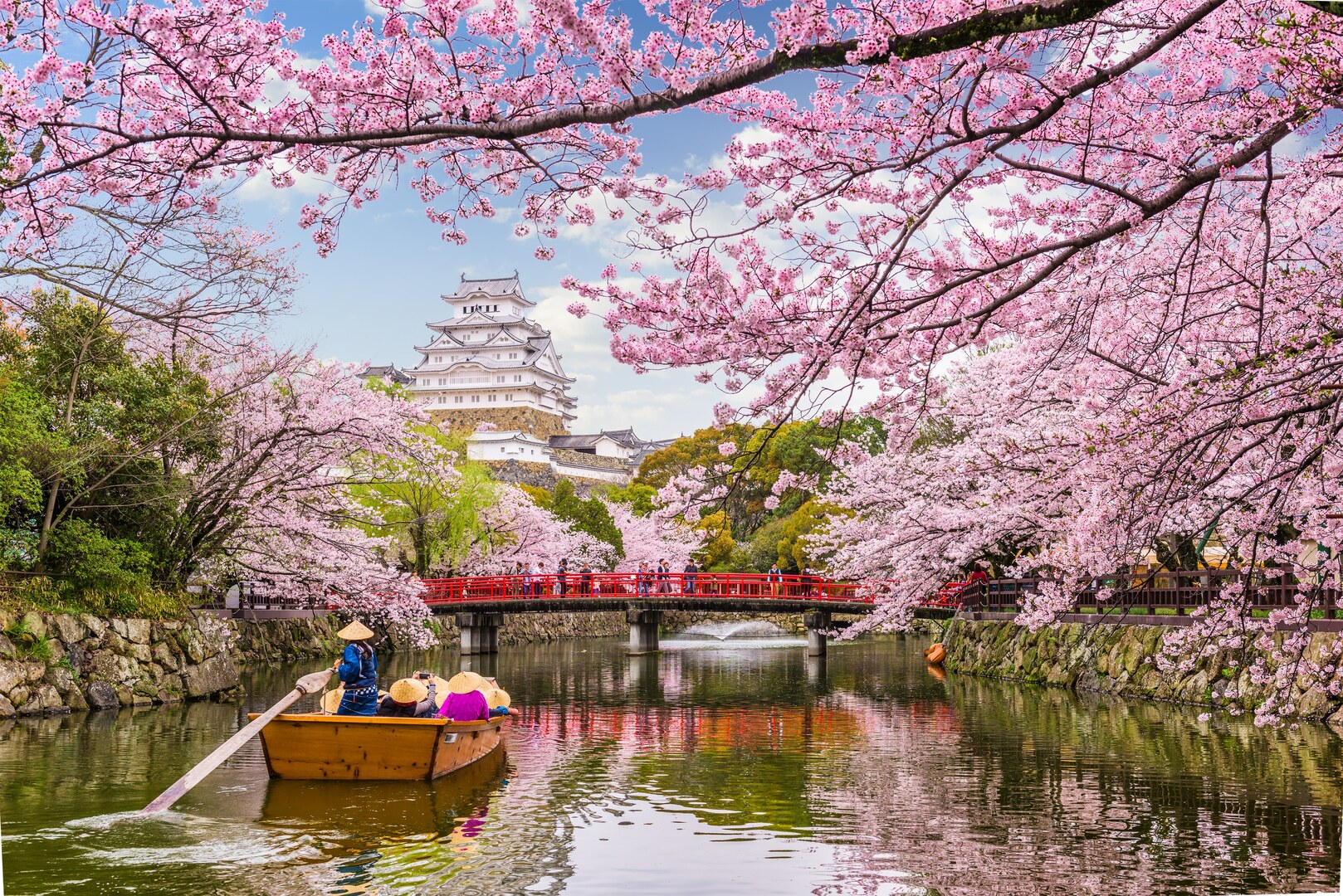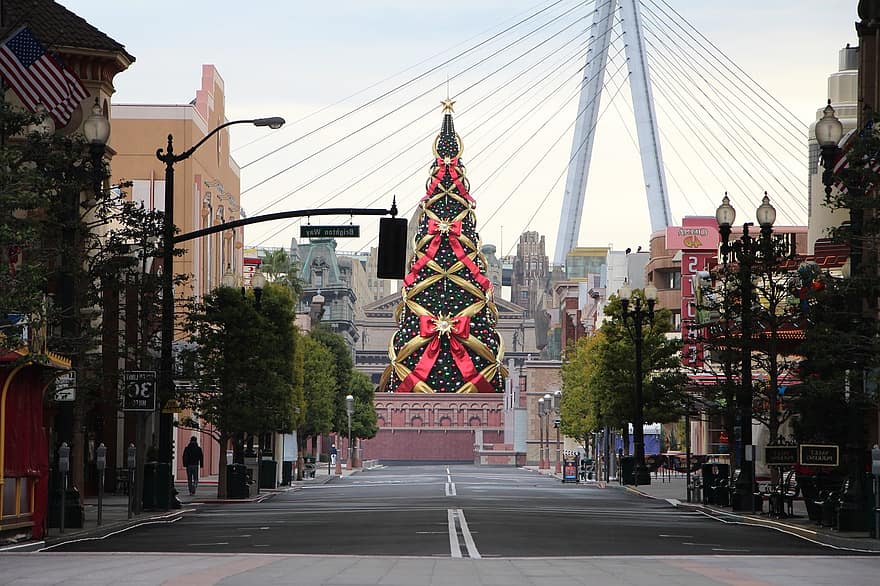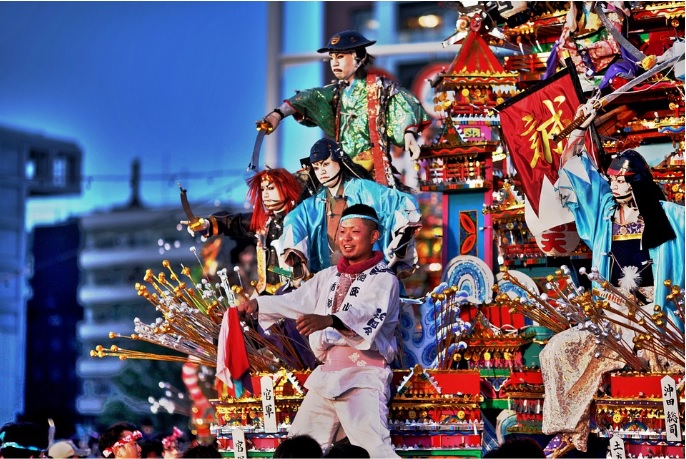_2_0l52kf2tygt1sb5g4hiybql9vx9amlv6zrv7nw61iybse5256l.jpg)
No. This one is not a geisha.
She belonged to a different set of women called oirans, or more popularly known as the most-sought-for courtesans of the Japanese Edo period. The term oiran is said to have come from “oira no tokoro no nee-san, ” which means “the older sisters of our place.”
During the Edo period, these courtesans worked at Yoshiwara yuukaku, the only area that was allowed by the government to house and culture women of pleasure.
Oiran vs Geisha
These women are geishas.
Both women belonged to a high status in the society and both kinds of women truly bore unrequited beauty. But surely there were some differences between the two.
The geishas’ kimonos were simpler than that of the oirans’. The kimonos of oirans also included more colourful and more intricate layers of silk. The same went with the way they make their hair. Those with the most elaborate style and ornaments might probably be oirans.
The kimonos’ obis or sash were worn at the back for geishas, in taiko knots. For oirans, they were located in front, and done in a more sophisticated way. These obis in front were called the manaita.
This one is an oiran. Photo from Wikipedia Commons.
Both geishas and oirans, though, were highly knowledgeable in performing Japanese traditional songs, dance and musical instruments.
Both their feet were white, but the geishas’ were because of tabi socks and the oirans’ were just bare feet with white make-up. Bare feet were considered too beautiful and sexy during the Edo period in Japan. (To know more about geishas, you can read: Geisha: A Woman of the Arts)
Almost 30 kilos of cloth and hair
Would you be able to carry 10 kilos on your head?
Because exposed body parts during the time were precious, they need to look premium. The body parts of oirans which were exposed, namely face, arms and feet, must all be covered by white make-up. The face was then intricately painted for that most desirable look.
As mentioned earlier, they wore a lot of layers of kimono, in which they still wore some layers of padded garments underneath. Moreover, as the rank or status of the oiran rose, the layers of clothing also increased. The estimated total weight of the layers of cloth was 20 kilograms.
Their kimonos were not just more colourful, but also bore more striking colors than that of geishas. In this way, they would be more attractive to men and would be very good for business.
In addition, the hair should be intricately done for the best overall appearance. As discussed above, they bore a lot of ornaments, and when added to a unique volume of hair, the total weight could reach about 10 kilos.
As a finishing touch, the highest ranked oiran also wore 8-inches-high geta heels. Even the manner of standing and walking should remain elegant. The oiran should always stand with one foot in front of the other. Walking should also be done gracefully, while swooping the floor in an 8-pattern. This manner of walking is called the soto-hachi-moji.
With this kind of preparation, truly, the yuukaku had invested this much so the women would be so worthy of their true price, in monetary terms.
The true price of beauty
Photo from Wikimedia Commons.
How serious was the yuukaku to gain the most beautiful women in Japan? They scouted the whole country for potential oirans. The chosen ones received a whole year’s salary in advance, in exchange for years of stay inside the yuukaku.
But scouted women didn’t become oirans right away. There were three stages or ranks along the way.
The young girls, usually around 10 years old, first became kamuros or those in charge of the chores for the oiran. Next, they became furisode shinzous or oiran trainees, at the age of 15 or 16. This was the time when they are exposed to sophistication and tradition, namely, calligraphy, poetry, igo koto or the traditional Japanese board game, shamisen or traditional Japanese musical instrments, and a lot more.
The girls were then sorted out, depending on how they blossomed during the course of the oiran training. Those who didn’t pass would become tomesode shinzou or those low-grade workers that can still accept customers. The taiko shinzous were those who were really talented and could perform entertainment very well.
Because of all the hard work, the oirans actually were the ones to choose their customers, not the other way around. And what was the price of these enchanting beauties? Customers during the Edo period had to pay a sum of money equal to a normal person’s annual salary.
Whether it was authentic right from the start, or was eventually cultured and had just blossomed along the way, beauty truly would never be free.
Sources:








